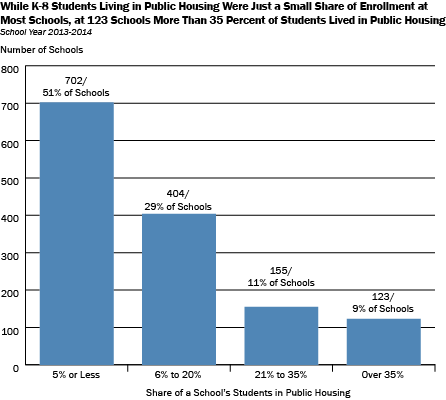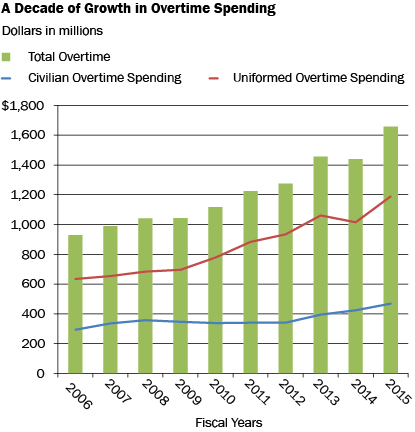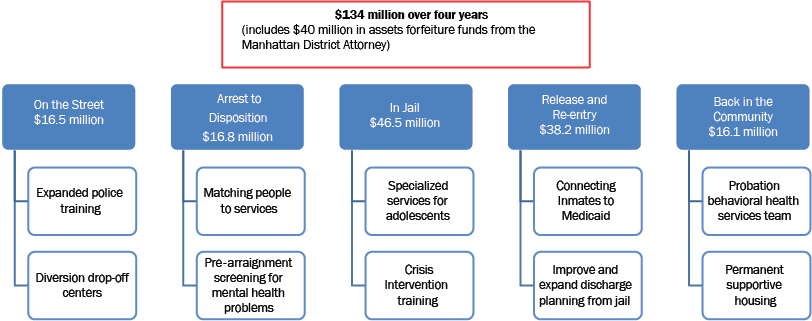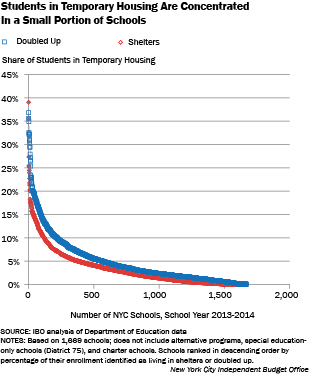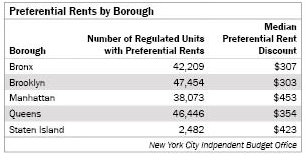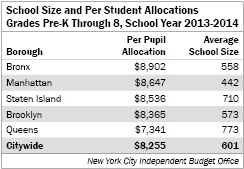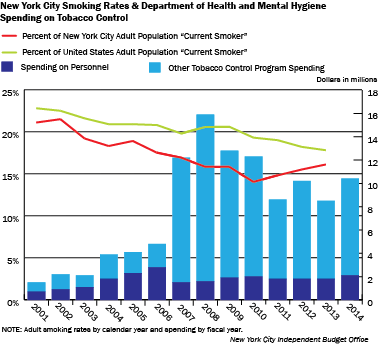Although students with disabilities comprised about 18 percent of the overall student body in school year 2012-2013, they made up about 30 percent of the suspended student population (defined as the population of students who have been suspended at least one time).
Approximately 95 percent of students with disabilities fall into one of six disability classifications: autistic, emotionally disturbed, learning disabled, intellectually disabled, speech impaired, and other health impaired. There are wide variations in suspension rates across these categories (suspension rates were calculated by dividing the number of suspended students in each category by the number of all students in that category: for example, the number of learning disabled students with at least one suspension by the total number of learning disabled students).
- Students without disabilities had a 2.7 percent suspension rate in school year 2012-2013.
- Overall, students with disabilities had an average suspension rate of 7.4 percent.
- Students classified as emotionally disturbed had a suspension rate of 15.4 percent, which is more than five times higher than the suspension rate of students without disabilities and about twice as high as the overall suspension rate for students with disabilities.
- Students classified as learning disabled and other health impaired were suspended at rates almost three times as high as students without disabilities (7.4 percent and 7.1 percent, respectively).
- Students with autism and students with intellectual disabilities were suspended at lower rates than students without disabilities, and were suspended far less frequently than students with other types of disabilities.
Prepared by Katie Mosher
New York City Independent Budget Office
Print version available here.
SOURCE: IBO analysis of Department of Education data
NOTE: 2012-2013 was the most recent year of data available at the time of analysis. Excludes schools in the citywide special education district (District 75). For more information on students with disabilities, see http://schools.nyc.gov/academics/specialeducation/default.htm

